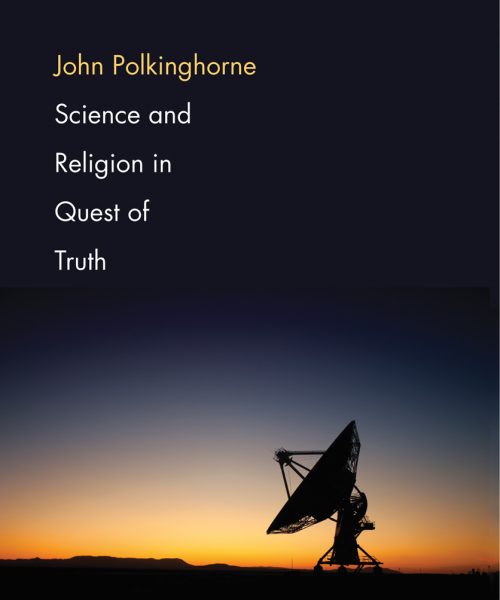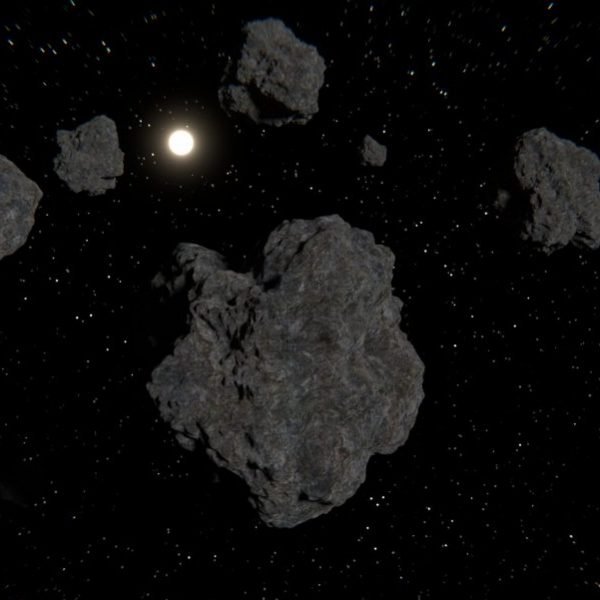Certain of What We Do Not See: What the Higgs Boson Says About Our Quest for Truth
Last week, an announcement was made by CERN (The European Organization for Nuclear Research) that has set the scientific community buzzing. It confirmed that two separate teams working with the Large Hadron Collider – a machine that collides atomic particles at incredible speeds in the hopes of detecting its subatomic building-blocks – are ninety-nine percent sure that they’ve discovered the Higgs boson, also known as the “God particle.”
 Theorized by British physicist Peter Higgs in the 1960s, the implications of the Higgs boson for our understanding of physical life are profound. As the particle theoretically responsible for mass, it could be the key component in bonds between matter. Without these bonds, there would be “no galaxies, no stars, no planets, no life on Earth” as one physicist put it. The Higgs boson has been nicknamed “the God particle” by American physicist Leon Lederman, because it is “so central to the state of physics today, so crucial to our final understanding of the structure of matter, yet so elusive.”
Theorized by British physicist Peter Higgs in the 1960s, the implications of the Higgs boson for our understanding of physical life are profound. As the particle theoretically responsible for mass, it could be the key component in bonds between matter. Without these bonds, there would be “no galaxies, no stars, no planets, no life on Earth” as one physicist put it. The Higgs boson has been nicknamed “the God particle” by American physicist Leon Lederman, because it is “so central to the state of physics today, so crucial to our final understanding of the structure of matter, yet so elusive.”
Some view discovery of “the God particle” as science’s attempt to usurp the authority of a higher power. Others hold the opposite view – that to call the Higgs boson “the God particle” is an unnecessary mysticizing of scientific truth. Yet for those who see equal value in pursuing scientific and theological modes of thought, the name yields a different interpretation: it reflects the human tendency to attach our sense of wonder and our struggle to attain new ways of understanding to both science and religion.
One of the preeminent figures speaking from this point of view today is John Polkinghorne. Drawing on his background as an Anglican theologian and a particle physicist, Polkinghorne has spent a lifetime complicating the notion that science and religion do not mix. His work has become a touchstone for understanding the many nuanced harmonies between the two disciplines. In his most recent book, Science and Religion in Quest of Truth, the author provides an admirable concise summation of what he considers to be the key concepts (and misconceptions) that have fueled the dialogue between science and religion throughout history. Balancing the ideas of contemporary theoretical physicists and theologians with historical examples and his own ideas, he expounds on everything from string theory, to Galileo’s faults and finding, to the latest ideas in Biblical exegesis.
Amidst this seeming chaos of information, Polkinghorne is able to trace clear patterns in the way scientific and religious thought converge at least as often as they diverge, sharing rhetoric and many core values. “Fundamentally,” he writes, “the two disciplines of enquiry should be thought of as cousins under the skin because of their shared truthful intent. Both operate under the rubric of critical realism, claiming the attainment of well-motivated beliefs, but not asserting the achievement of absolute certainty.”
In the case of the Higgs boson, after almost fifty years of “keeping faith” in their theory, Higgs and his colleagues have, in a sense, been validated. Yet this affirmation brings with it new questions and new parameters that had never been considered before. The scientific world is not worried by these new uncertainties – they are, and always have been, an essential part of the equation in science’s quest for truth. The Biblical maxim that: “Faith is being sure of what we hope for and certain of what we do not see,” is not so far afield from the scientific method’s manner of wrestling with the space between what we “know” as scientific fact and what these facts means: what they allows us to see.
There is also something in human nature which resists the idea that we will ever be done searching. When asked about what it felt like to be part of such an historical moment in scientific inquiry, one of the teams’ members commented that he was just a little bit disappointed by how well their findings fit their hypothesis. “Secretly I would have loved it to be something slightly different than the standard model predictions,” he said, “because that would indicate that there’s something more out there.”




